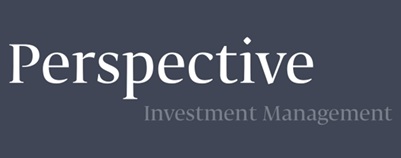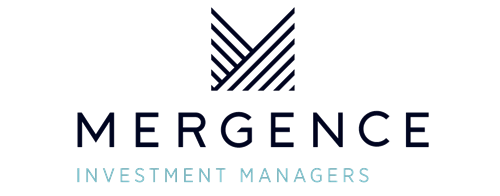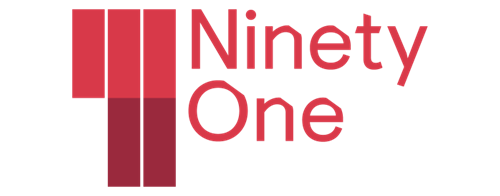Sean Neethling, Head of Investments at Morningstar Investment Management South Africa
In April this reached a crescendo with US President, Donald Trump, announcing 100%+ tariff rates and threatening to remove the Fed chairman. The mounting sell-off at the start of the month proved a golden opportunity to buy discounted stocks, as we did for our clients. The ensuing market rebound was fuelled by a dialling down of some of the more provocative statements and extreme negotiating ploys.
In this environment, it pays to think twice and hold off from immediate reactions because big policy changes have become especially erratic. Previously, big policy shifts evolved in a slower and more consistent way, as parties followed agreed rules and sought change via group-based decision making. This has given way to power based, one-on-one, deal making that is less predictable by design. Big policy changes are also being communicated in a more theatrical way that makes it harder to understand what is really being proposed. President Cyril Ramaphosa was in centre of this theatre when a South African delegation recently visited the White House to dispel some of the narratives that have the potential to adversely affect trade policy between the countries.
The risk here is that investors feel compelled to respond to dramatic news that is delivered in a very memorable way, by taking immediate action, selling assets to hold cash or switching to a different market. April showed how you can be whipsawed when you do this, selling at lower prices after bad news has already caused a sell-off, only to then buy at higher prices after better news sparks a rally. The net effect is to reduce your own investment returns and your chance of reaching your financial goals. It’s an ugly truth that investors earn less by switching than if they stayed put, as Morningstar’s Mind the Gap study clearly shows.
A better approach is to use three simple principles to deal with shocking news and high uncertainty.
First, double-check the impact of the news on the value of the asset, how much more or less should you pay and how certain can you be, if policy flip-flops are likely? When our research team crunched the numbers in April, they found the impact of the news much smaller than the move in asset prices.
Second compare prices with fair values to flag the biggest mispricing’s – what is the most undervalued and overvalued? Has this really changed enough to justify changing your portfolio, given transactions costs and taxes? This time around we found our ranking of markets did not change dramatically, so a rebalance rather than big portfolio change was the right action to take.
Third stay humble about your ability to forecast and stay broadly diversified across countries, industries and asset classes. Doing this requires a different approach to following conventional market capitalisation indices, because today these have very large exposures to US equities and the IT sector.
In the deafening roar of news about US tariffs, it’s easy to forget everything else. As a global investment team, we continue to identify opportunities that could improve client portfolios. Existing equity allocations to emerging markets including Latin America and China, as well as the UK and Japan continue to perform well, despite the uncertain outlook around the impact of tariffs and trade. We also hold a diversified mix of global fixed income assets that offer compelling yields without taking on interest rate and credit risk. South African assets have also held up relatively well and despite recent weakness we continue to favour SA government bonds given attractive current yields.
So, our best advice to investors grappling with today’s shocks and uncertainty is to diversify, favour markets that reflect too much pessimism, stay the course and adjust portfolios when your research shows things have changed far more than is priced in.
ENDS

























































































